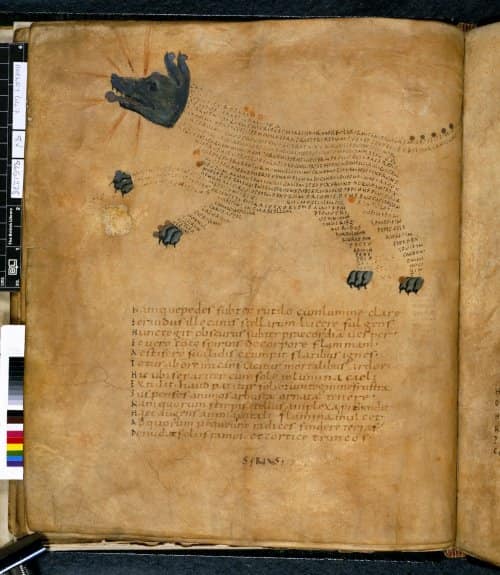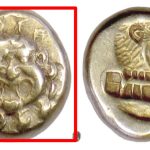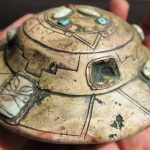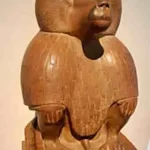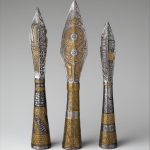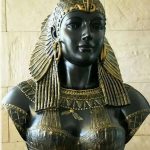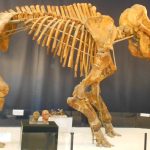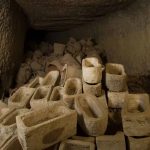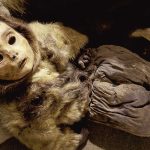Medieval Animals in Textual Menagerie Made with Words
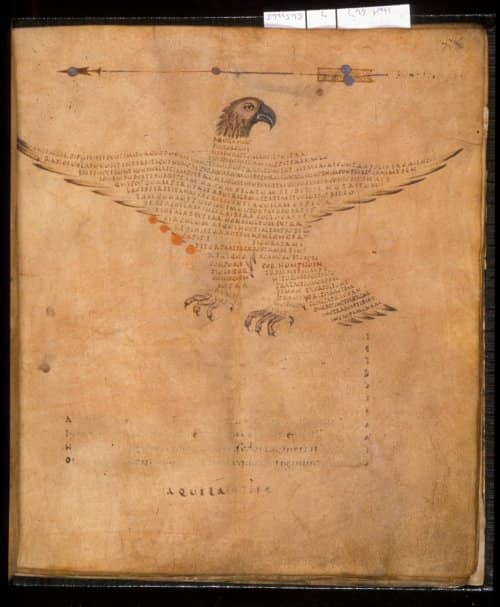
into the pages of a special book from the early Middle Ages, housed within the venerable walls of the British Library, one encounters a captivating fusion of artistry and scholarship. Dating back to 9th century France, this extraordinary manuscript offers a unique glimpse into the intertwined realms of astronomy, literature, and visual storytelling.
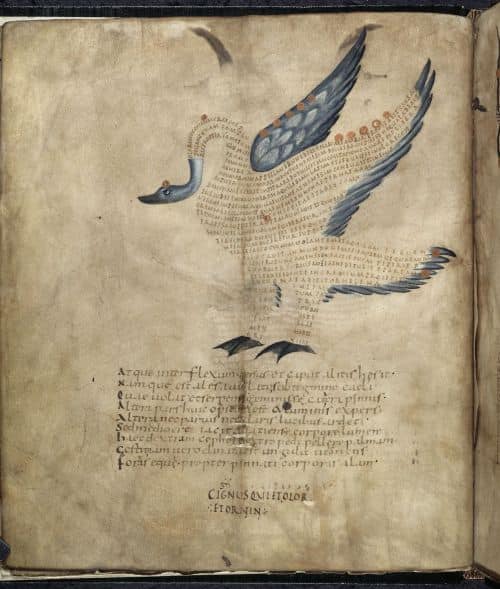
At first glance, the pages may appear adorned with intricate images of animals, each meticulously crafted with delicate strokes. Yet, upon closer inspection, a fascinating revelation unfolds: these animals are not mere illustrations but intricate compositions formed entirely from words.

ontained within the pages of Cicero’s Aratea, a treatise on astronomy, these textual menageries serve a dual purpose, both aesthetic and educational. Each animal represents a constellation, intricately woven with words excerpted from Hyginus’ Astronomica, an ancient text providing astronomical insights and mythological narratives.
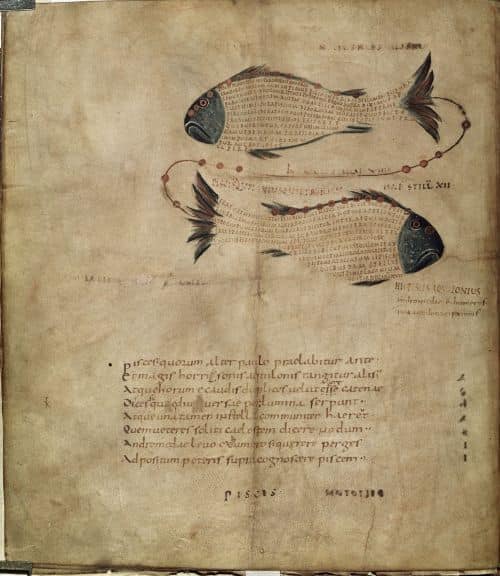
The symbiotic relationship between image and text in this manuscript is striking. Without Hyginus’ words as a guide, the animals would remain mere abstract shapes, lacking the narrative depth and astronomical significance imbued by the accompanying text. Conversely, without the visual representations, Hyginus’ celestial descriptions might lack the vividness and accessibility afforded by these captivating illustrations.
